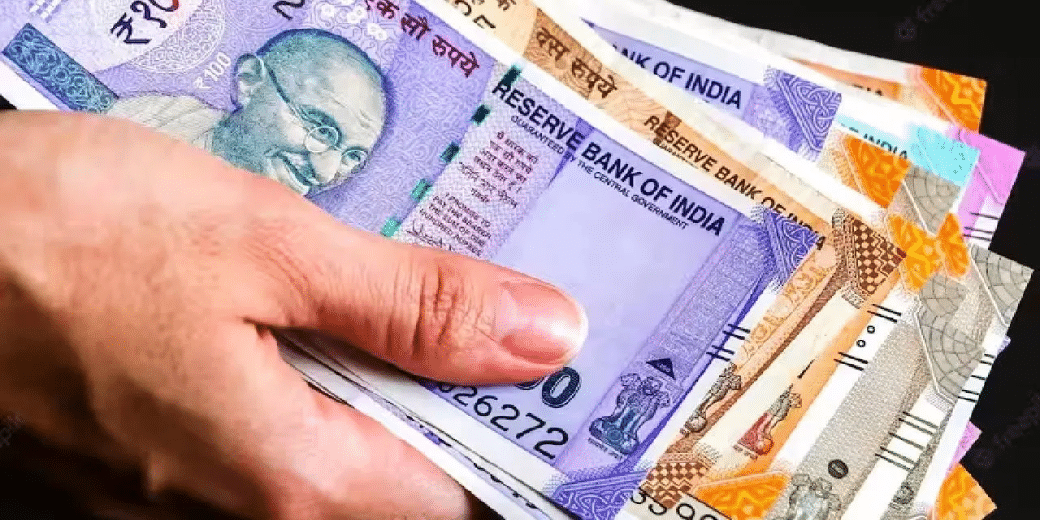Small savings schemes are proving to be of great help for GoI
If more investment comes into small savings schemes than the target in the current financial year, the government will have to borrow less to cover expenses.

The small savings made by people are proving to be a great help to the government. The investment going into small savings schemes this year has become a big help for the government. Due to the increase in investment in these schemes, the government has to take less debt to manage its expenses. Ajay Seth, Secretary of Economic Affairs, has told a foreign news agency that if more investment comes into small savings schemes than the target in the current financial year, the government will have to take less debt to manage expenses.
When Finance Minister Nirmala Sitharaman presented the budget for the financial year 2023-24 in February, it included a target of raising Rs 15.43 lakh crore from the market to run expenses, of which Rs 8.88 lakh crore was to be raised by September. The remaining debt will be raised during October to March, this year.
The government has set a target of raising bonds worth Rs 4.71 lakh crore from small savings schemes for the entire financial year. But this year, on one hand, the government has started a new small savings scheme for women and at the same time has increased the investment limit in the already running small savings scheme for senior citizens to Rs 30 lakh. Due to these reasons, there is a possibility of an increase in investment in small savings schemes.
This year, the government has set a target of getting an investment of Rs 2.93 lakh crore in small savings schemes and 41% of this target has already been achieved. It is expected that by the end of March, 2024, the investment coming into small savings schemes will be much more than last year. Last year, an investment of Rs 3.04 lakh crore came into small savings schemes.
The investment that comes into small savings schemes is used by the government for its needs and in return investors are given fixed interest. Because with this money, the government has to take less debt, so it does not appear in the financial deficit.